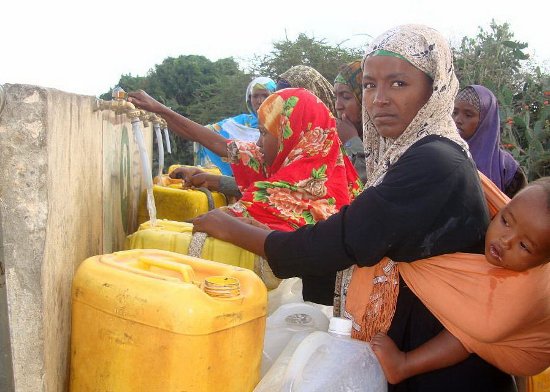
International humanitarian aid saves millions of lives. But it also frequently sidelines the activism of local civil society. In 2010, the international response to Haiti’s earthquake was enormous. But when it was evaluated, it revealed that Western donors had overlooked local government and civil society, as well as the views of affected Haitians themselves. Similarly, every evaluation of major crises over the last ten years has said much the same thing. As a couple of my colleagues in Oxfam America lamented: Why is the humanitarian community able to improve in some areas – but not this?
This was a question that dominated my mind when I wrote Oxfam’s new paper on making humanitarian aid more effective – and more local, Crises in a New World Order, which we published a few weeks ago.
To be fair, international humanitarian aid has become more and more effective over the last few years. It needs to – because the increase in weather-related disasters, and those exposed to them, means that the demand for humanitarian aid is likely to continue to rise. In 2010, for example, more than 69 million people were exposed to floods. In the next few decades, that number is projected to grow substantially.
That’s the message of another new report as well (pdf), this time from Christian Aid. While in Oxfam GB, the proportion of humanitarian aid flowing through local organisations is rising rapidly. In West Africa – facing 2012’s most underreported crisis - it went from 1% to 30% between 2003-4 and 2010-11.
Many talk of a ‘new business model’ for humanitarian action that values Southern civil society more than ever before. At the end of 2011, the President of MERCY Malaysia argued that ‘a greater role for Southern, national and local NGOs’ is the only way to respond to increasing disasters, and the realisation that climate change adaptation, preparedness and risk reduction are as ‘humanitarian’ as immediate relief.
He’s right. The centre of humanitarian gravity is moving Southwards. For international agencies like Oxfam, that means evolving towards being more of a ‘humanitarian broker’ – supporting the efforts of others – because, in the words of a colleague, we don’t always need to be the ones saving lives ourselves.
The humanitarian capacity of local civil society is enormously varied of course. Helping to build it is a long-term challenge. Doing that, and responding to today’s crises at the same time, is not easy. But there is no turning back. The humanitarian world will never again be the Western-dominated sector it once was. International agencies will be as vital as ever. But their – our – greatest responsibility will be to help build that local capacity.








